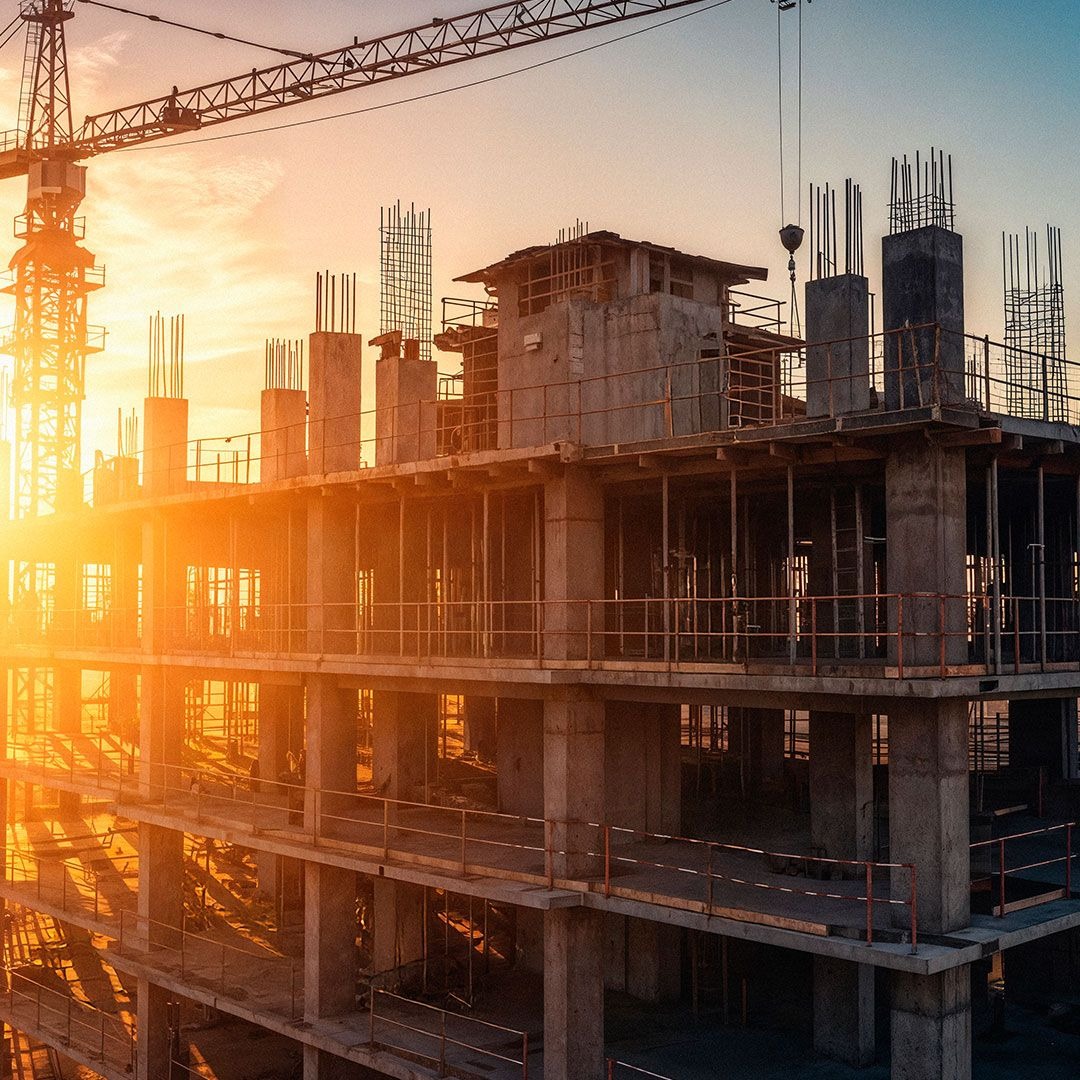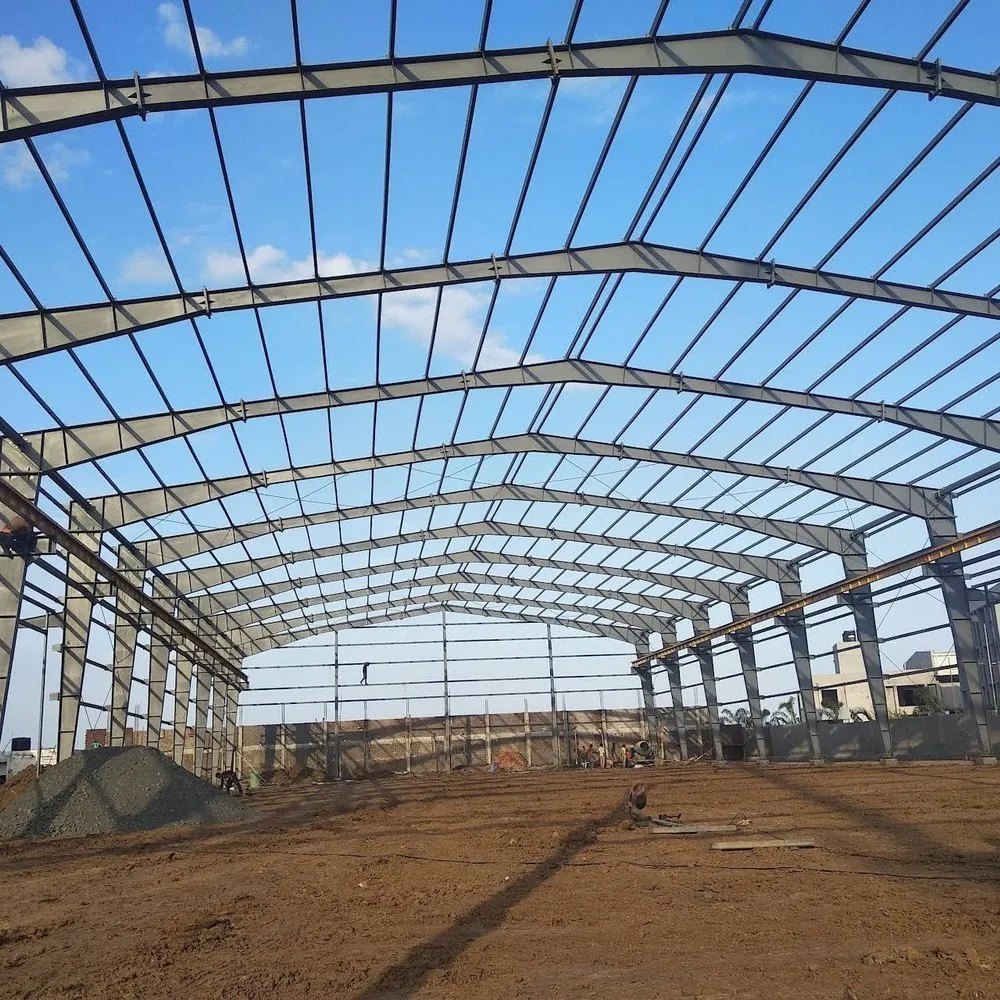
NYC Parking Garage Employees Removed Bricks Before Fatal Collapse, Report Finds
In the weeks before the fatal partial collapse of a lower Manhattan parking structure in 2023, employees of garage operator Little Man Parking removed damaged bricks and mortar from a load-bearing pier without shoring or a permit for the work, according to a newly released report prepared by LERA Consulting Structural Engineers RLLP for the New York City Dept. of Buildings. The removal of material triggered the collapse, but it was not the only problem facing the structure.
One person was killed in the April 18, 2023 collapse, and several others were injured.
“The reckless direction of these workers to remove bricks from the pier, together with the failure to report the issue to DOB, obtain the required construction permits and install critical structural shoring, caused this building to come down,” NYC Buildings Commissioner Jimmy Oddo said in a statement.
The three-story garage, which was located at 57 Ann St., consisted of cinder concrete slabs reinforced with welded wire fabric and supported on concrete-encased steel beams and girders, which were supported by internal concrete-encased steel columns and perimeter unreinforced brick load-bearing walls and piers, according to the report. It was originally built in 1925 and modified several times over the following decades. What may have been its most structurally significant alterations came in the 1950s, when crews infilled skylights and added parking capacity on the roof.
Long-term progressive deterioration and stress from deficiencies in the original design and construction led to vertical cracks at one specific pier investigators identified as the origin point of the collapse, according to the report.
The pier in question was not designed or built in compliance with the 1916 building code, lacking a sufficient margin of structural safety between its design load and ultimate capacity, according to the report. Investigators found that single girders were substituted for double girders shown on 1925 drawings, but the bearing plate under each girder was not sized to match the combined area of bearing plates required by the drawings, leading to higher-than-anticipated stresses. The pier was built against a pre-existing shared party wall, but was not substantially integrated into the wall by toothing in enough bricks across the interface between the pier and the wall. That led to the connection being unable to distribute concentrated loads from the floor girders into the wall.
The pier suffered progressive deterioration that investigators attributed to both natural aging, long-term exposure to moisture and elevated stresses related to the design and construction deficiencies.
Maintenance and repairs did not properly address cracking in the pier, investigators wrote. They found that EDG, an engineering firm that inspected the structure for the owner to meet requirements of the city’s Periodic Inspection for Parking Structures (PIPS) program, appeared to have incorrectly assumed that the pier consisted of non-structural brick encasement of a structural steel column, rather than a solid brick structural pier. The firm failed to require shoring and probing to verify the assumption, and no one identified the deterioration as an unsafe condition or reported it to DOB.
Neither EDG nor Little Man Parking immediately responded to a reporter’s inquiries.
 Image courtesy NYC Dept. of Buildings
Image courtesy NYC Dept. of BuildingsSometime in March 2023, garage employees began removing some bricks and mortar from the damaged pier, though the work had not been permitted. A garage employee began removing more material on the morning of the day the garage collapsed. That afternoon, an EDG engineer told parking employees to replace the bricks, but did not identify an unsafe condition, notify DOB, recommend shoring or communicate urgency in the direction to replace the bricks, according to the report. The bricks were not replaced.
At about 4:04 p.m., a garage employee drove a vehicle past the damaged pier, which engineers wrote increased the bearing stresses between the girder and remaining bricks and mortar. The increased stresses likely crushed the remaining bricks and mortar, allowing a third-floor girder to drop several inches. That created a void above the girder, which left the upper story of the pier without sufficient support. The connection between the upper story of the pier and the party wall failed within seconds of the car passing, allowing the upper story of the pier to slide down, which then allowed the roof girder to collapse onto the third floor. The third floor then collapsed onto the second floor, and the second onto the first.
“This tragedy highlights how important it is for property owners and managers to be aware of and comply with all city regulations, and for the design professionals hired to assess and design repairs and alterations to existing buildings to exercise care in identifying and addressing unsafe conditions in a timely and appropriate manager,” said Benjamin Cornelius, partner at LERA, in a statement.
Engineers also pointed to deterioration from rainwater that ponded on the roof and floors, as well as other unpermitted work including concrete slab and encasement repairs, alterations to steel framing and installation of car stackers as possible factors.
Enforcement and Violations
DOB issued seven civil violations to the property owners following the collapse. Officials also issued a commissioner’s order requiring any parking structure inspections in New York City associated with EDG or Little Man Parking to undergo a third-party review from an independent engineering firm.
Officials also conducted an enforcement sweep of parking structures associated with the companies, and DOB said it is issuing additional enforcement action as a result.
DOB is also in the process of hiring for a newly created enforcement unit focused on inspecting buildings that have fallen into disrepair, which officials say will target negligent owners and bad actors within the construction industry. The new unit is expected to begin operating later this year.
“We have stringent regulations in our codes intended to prevent collapses like this from occurring, but those regulations aren’t keeping anyone safe if they are not being followed,” Oddo said. “That’s why we are staffing up a brand-new unit at DOB dedicated to a new proactive enforcement strategy, with the goal of finding and stopping these unsafe construction operations before a potential collapse can occur.”
LERA’s report also offered several recommendations for potential revisions to city construction codes to help reduce the risk of a similar collapse in the future.
Those recommendations include requiring qualified parking structure inspectors leading a site assessment under the PIPS program to review all drawings available from DOB and the property owner, and requiring the inspector in charge to visit the site at least once prior to planning an assessment. The engineers recommend that the registered design professional hired to design structural repairs also be required to obtain all available drawings, visit the site during assessments and prepare signed and sealed drawings that identify any shoring that will be needed.
Post a Comment
You must be logged in to post a comment.





